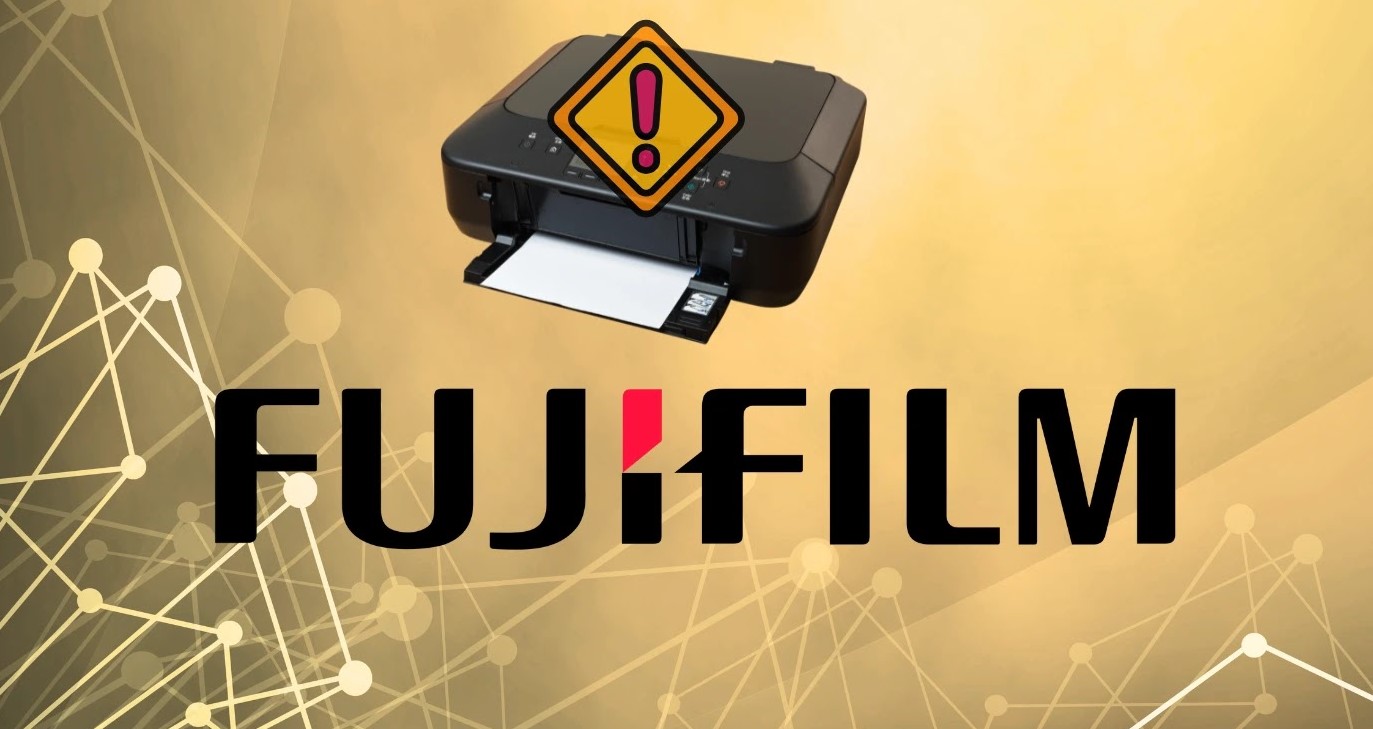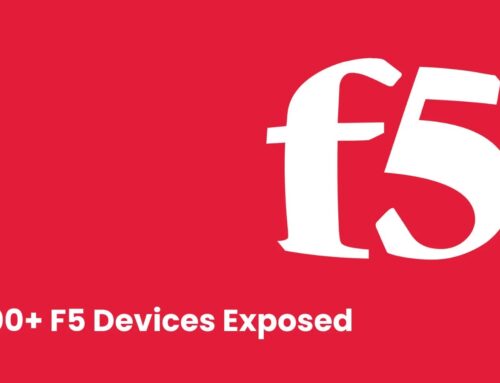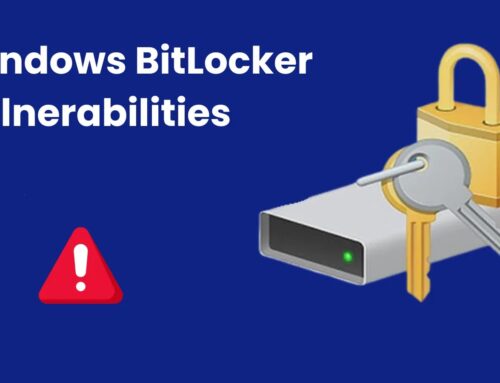
FUJIFILM Printers Vulnerability Let Attackers Trigger DoS Condition
Unpacking CVE-2025-48499: A Critical DoS Vulnerability in FUJIFILM Printers
Imagine your office workflow grinding to a halt, not because of a network outage, but due to your critical printing infrastructure freezing unexpectedly. This scenario is now a tangible threat for organizations utilizing certain FUJIFILM DocuPrint and Apeos printer series. A recently disclosed critical security vulnerability, tracked as CVE-2025-48499, allows attackers to trigger a denial-of-service (DoS) condition with alarming ease, simply by sending specially crafted malicious network packets. The implications are significant, ranging from operational disruption to potential data loss if printing queues become corrupted.
Understanding CVE-2025-48499
Discovered and announced on August 4, 2025, CVE-2025-48499 exposes a weakness in the network stack or processing capabilities of affected FUJIFILM printer models. When these printers receive a malicious network packet, they are unable to properly handle the malformed data, leading to a system crash or freeze. This effectively renders the device unusable until it is manually restarted, causing significant disruption to printing operations. The ease of exploitation—requiring only the ability to send network packets to the printer—makes this a high-priority concern for IT and security teams.
Affected FUJIFILM Printer Models
The vulnerability impacts a range of FUJIFILM DocuPrint and Apeos printer series. While a comprehensive list of all affected models was not immediately available in the initial announcement, organizations with these popular printer lines should assume they are at risk until specific patch details or model exclusions are provided by FUJIFILM. Proactive identification of all DocuPrint and Apeos devices within your network is a crucial first step in assessing your exposure.
Operational Impact and Risks
The primary impact of CVE-2025-48499 is the complete disruption of printing services. A sustained DoS attack could lead to:
- Lost Productivity: Employees unable to print critical documents, reports, or invoices.
- Operational Delays: Business processes reliant on printed output could be halted or severely slowed.
- Increased IT Burden: Administrators will need to manually restart affected printers, diverting resources from other critical tasks.
- Potential Data Loss: While not directly a data exfiltration vulnerability, a printer freeze during a print job could lead to corrupted job queues or a loss of unprinted data.
Remediation Actions and Mitigation Strategies
Addressing CVE-2025-48499 requires a multi-faceted approach. Organizations should prioritize these actions:
- Patching: The most crucial step is to apply any official security patches released by FUJIFILM. Monitor official FUJIFILM support channels and security advisories for updates.
- Network Segmentation: Isolate printers onto dedicated VLANs or network segments that are not directly accessible from the broader corporate network or the internet. Implement strict firewall rules that only allow necessary printing protocols (e.g., LPR, IPP, SMB) from authorized print servers or workstations.
- Access Control: Restrict network access to printers to only those devices and users that explicitly require it.
- Intrusion Detection/Prevention Systems (IDS/IPS): Configure IDS/IPS solutions to monitor for anomalous network traffic targeting printers, especially malformed packets or unusual connection attempts.
- Regular Monitoring: Implement network monitoring tools that can detect printer outages or unusual network activity associated with these devices.
- Vendor Communication: Remain in close contact with FUJIFILM support for the latest information regarding affected models, firmware updates, and recommended configurations.
Tools for Detection and Mitigation
Leveraging the right tools can significantly aid in identifying vulnerable devices, monitoring network traffic, and implementing segmentation.
| Tool Name | Purpose | Link |
|---|---|---|
| Nmap | Network scanning and service discovery to identify printers and open ports. | https://nmap.org/ |
| Wireshark | Network protocol analyzer for deep packet inspection to identify malicious packets. | https://www.wireshark.org/ |
| Snort/Suricata | Network Intrusion Detection/Prevention Systems (NIDS/NIPS) to detect and block malicious traffic patterns. | https://www.snort.org/ https://suricata.io/ |
| VLAN-capable Network Switches | Hardware for network segmentation and isolation of devices. | (Vendor Specific) |
Conclusion
The disclosure of CVE-2025-48499 serves as a stark reminder that every networked device, including seemingly innocuous printers, can present a significant attack surface. Organizations must treat printing infrastructure with the same security rigor applied to servers and workstations. Proactive patching, robust network segmentation, and continuous monitoring are essential to protect against DoS attacks and maintain operational continuity. Stay informed, stay vigilant, and secure your printing environment.





